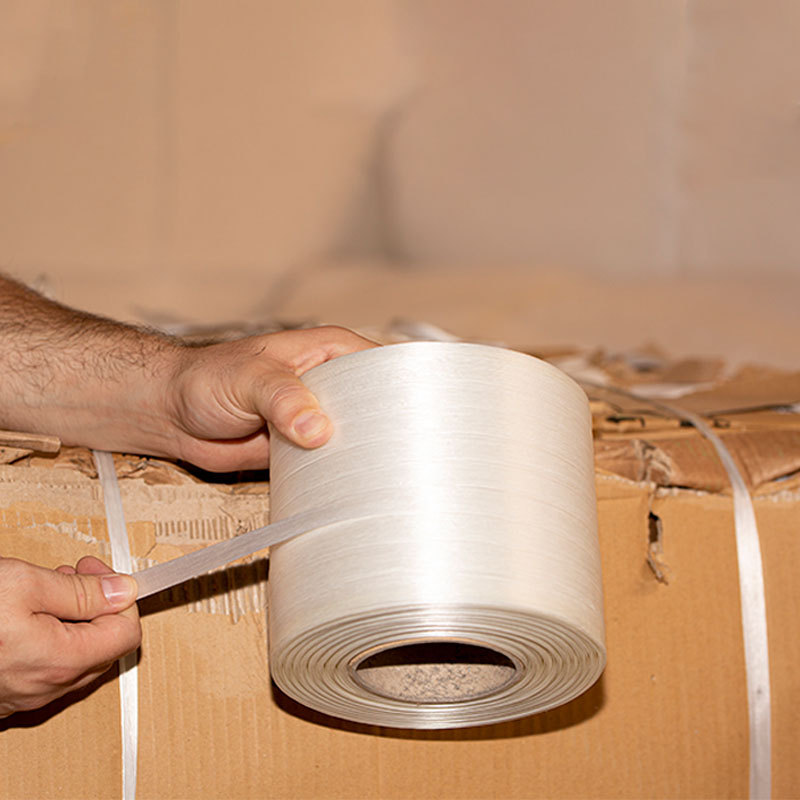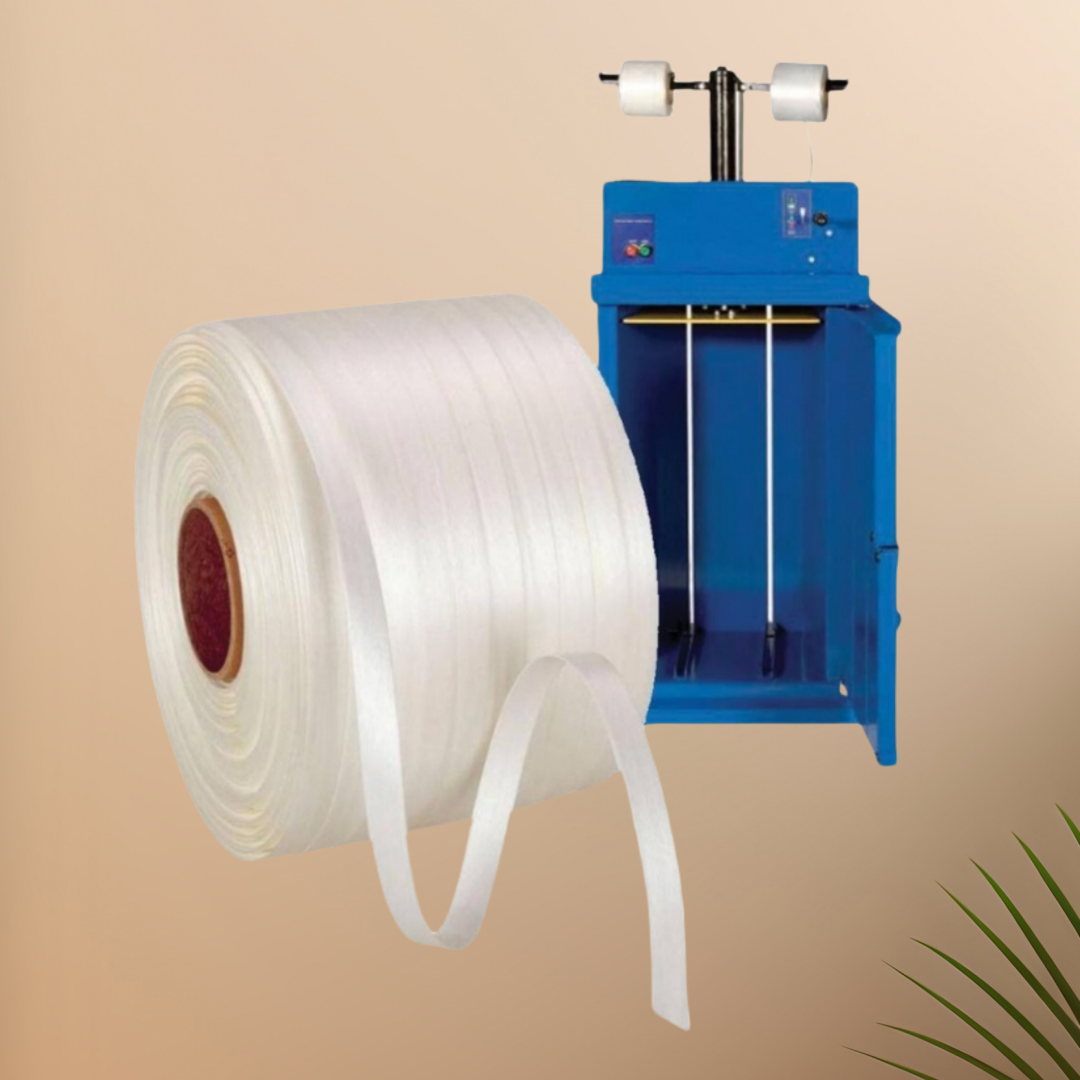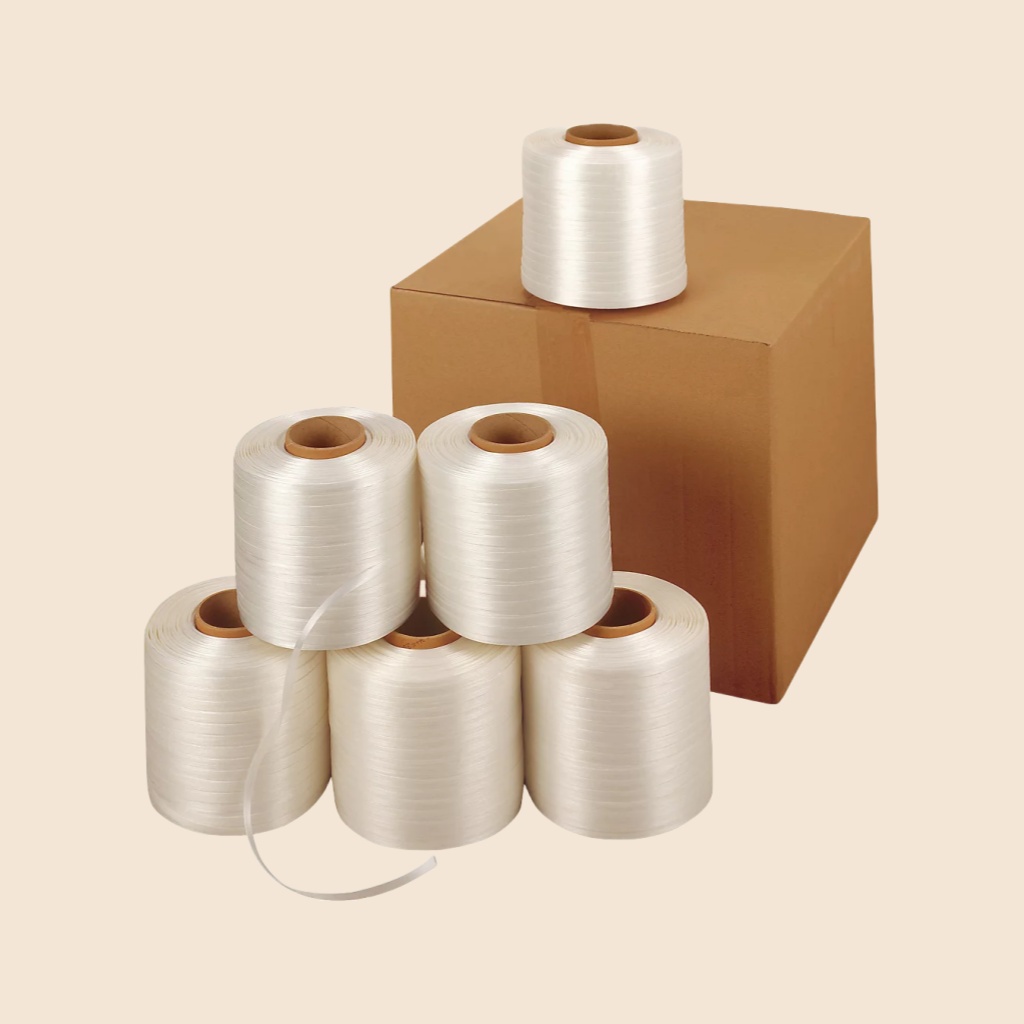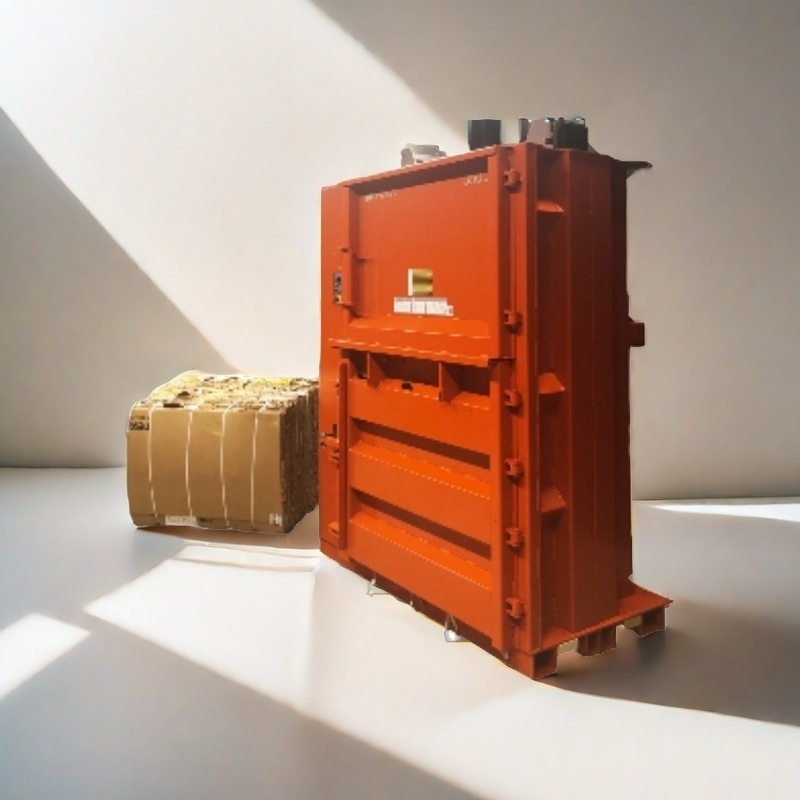In industries dealing with large volumes of waste, effective waste compression is essential for operational efficiency, cost reduction, and environmental responsibility. One of the critical components of this process is strapping—the method used to secure compressed waste materials. Among the various types of strapping available, hot melt strapping has emerged as the ideal choice for waste compression due to its superior strength, durability, and cost-effectiveness.
This article explores the advantages of hot melt strapping, its applications in waste management, and why it outperforms other strapping options.
Understanding Hot Melt Strapping
Hot melt strapping, also known as hot melt polyester strapping or baling tape, is made from high-strength polyester fibers bonded together using a heat-sealing process. This manufacturing method ensures that the strap has excellent flexibility and shock absorption while maintaining high tensile strength. Unlike steel strapping, which can rust and damage packaged materials, hot melt strapping offers a lightweight and corrosion-resistant alternative.


Advantages of Hot Melt Strapping for Waste Compression
1. High Tensile Strength and Shock Absorption
Waste compression involves binding heavy and irregularly shaped materials, which exert immense pressure on the strapping. Hot melt strapping provides exceptional tensile strength, making it capable of securing compressed waste without breaking or stretching excessively. Additionally, its elasticity allows it to absorb shocks and vibrations, preventing sudden strap failure during transportation or storage.
2. Cost-Effectiveness
Compared to steel strapping, hot melt strapping is significantly more cost-effective. Steel strapping is expensive to produce, transport, and dispose of, while hot melt strapping offers a budget-friendly alternative without compromising strength. Its lightweight nature also reduces shipping costs, and since it does not require heavy tools for application, businesses save on labor and equipment expenses.
3. Ease of Use and Safety
Hot melt strapping is easy to handle and apply. It does not have sharp edges like steel strapping, which eliminates the risk of injuries during strapping operations. Additionally, it can be applied manually or with a battery-powered friction welder, making the process quick and efficient. This ease of use enhances workplace safety and reduces downtime.
4. Corrosion Resistance and Weather Durability
Unlike steel strapping, which can rust when exposed to moisture, hot melt strapping is resistant to corrosion, making it suitable for outdoor waste storage. It withstands varying weather conditions, including extreme heat and cold, ensuring that compressed waste remains securely bound over time.
5. Eco-Friendliness and Recycling Benefits
Sustainability is a major concern in waste management. Hot melt strapping is made from polyester, which is fully recyclable. Many waste management facilities incorporate recycling programs where used strapping can be collected, processed, and repurposed into new strapping or other plastic products. This reduces environmental impact and supports the circular economy.
6. Versatility in Waste Compression Applications
Hot melt strapping is suitable for a wide range of waste materials, including:
- Cardboard and Paper Waste: It secures compressed paper and cardboard without cutting into the material, preserving the integrity of the bales.
- Plastic and PET Bottles: Its flexibility ensures that it holds compressed plastic waste securely without snapping.
- Scrap Textiles: Hot melt strapping is commonly used in textile recycling, where it holds large compressed bundles together effectively.
- Metal Waste and Lightweight Scrap: While steel strapping is often used for heavy metal waste, hot melt strapping provides a reliable alternative for lighter metal scrap.


Best Practices for Using Hot Melt Strapping in Waste Compression
To maximize the benefits of hot melt strapping, businesses should follow these best practices:
1. Select the Right Strap Width and Strength – Different waste materials require different strap strengths. Heavy-duty applications may require wider and thicker strapping for extra security.
2. Use Proper Tensioning Tools – While hot melt strapping can be applied manually, using a tensioning tool or battery-powered welder ensures uniform application and enhances the strength of the seal.
3. Store Strapping Properly – Keep hot melt strapping in a dry and cool environment to maintain its structural integrity and prevent premature degradation.
4. Recycle Used Straps – Encourage recycling by setting up collection points for used straps and working with recycling companies to process them into new materials.
Conclusion
Hot melt strapping is the ideal choice for waste compression due to its high tensile strength, cost-effectiveness, ease of use, and environmental benefits. Its ability to withstand harsh conditions and secure various waste materials makes it an essential component in modern waste management operations. By choosing hot melt strapping, businesses can enhance efficiency, reduce costs, and contribute to sustainable waste disposal practices.
As industries continue to seek eco-friendly and efficient waste management solutions, hot melt strapping stands out as a reliable and innovative option that meets both operational and environmental goals.